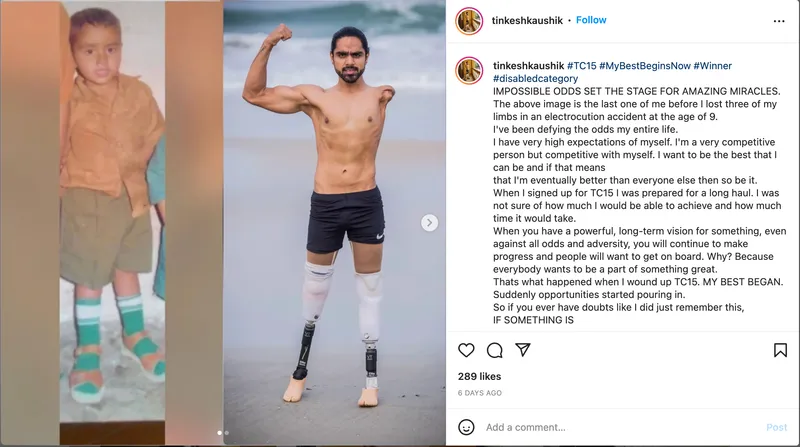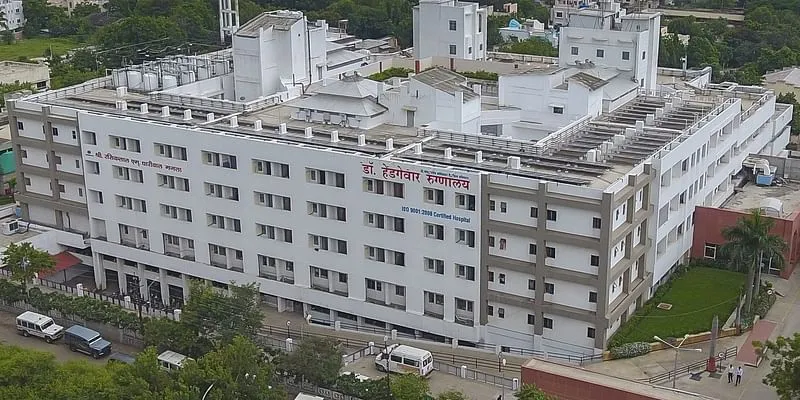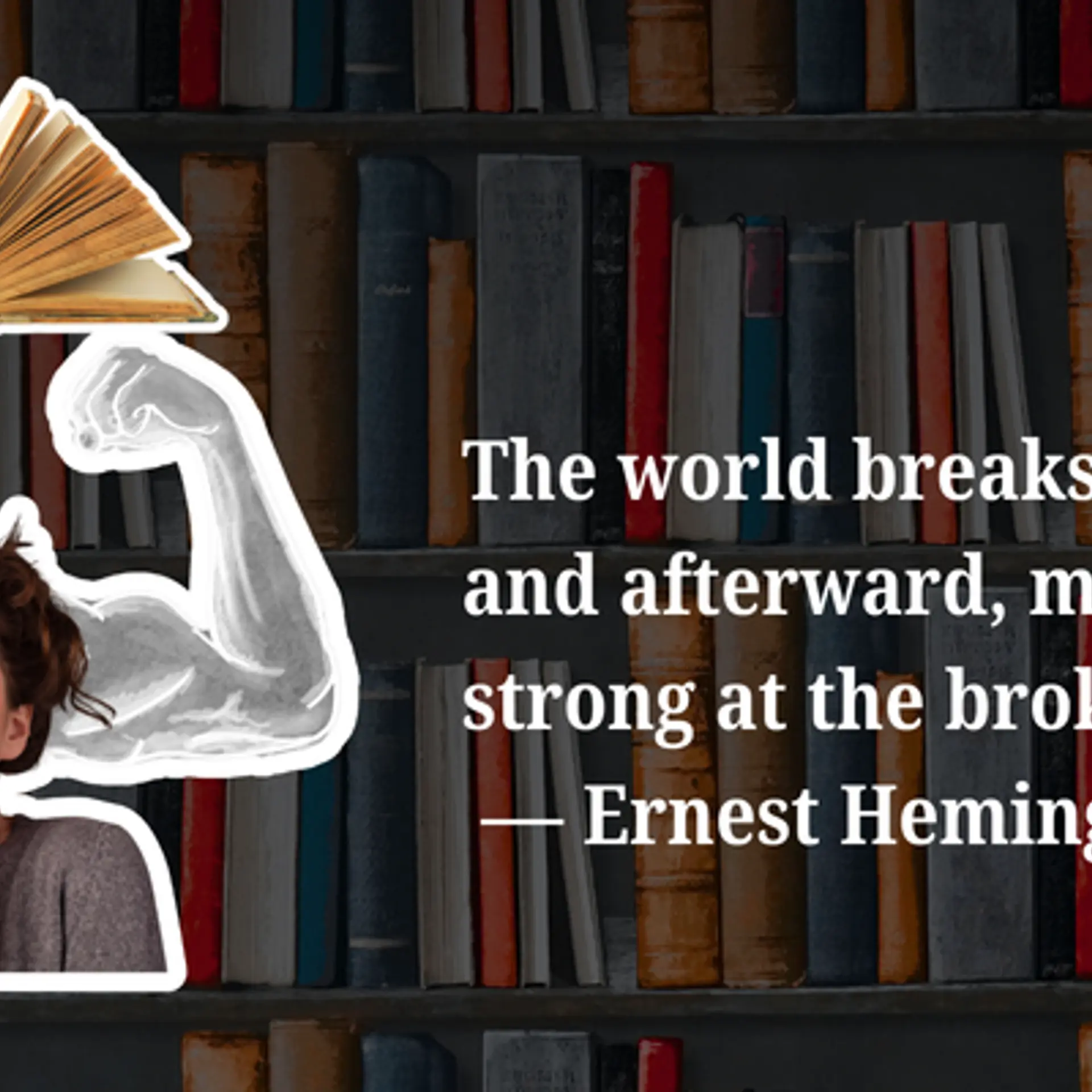A triple amputee's journey to be a fitness trainer, treating financially poor patients for free, and more: top Social Stories of the week
This week, SocialStory also brought you inspiring stories of people with disabilities, along with the empowerment of educational non-profits in the world.
This week, SocialStory spoke to Admas Kanyagia, Vice President - Social Impact, DigitalOcean, to understand how companies measure in supporting the educational non-profits of the world.
Meanwhile, Tinkesh Kaushik shared his journey from being a triple amputee to becoming a fitness trainer.
Here are the top Social Stories of the week:
How Hollie’s Hub for Good is empowering educational non-profits across the world
In 2021, cloud infrastructure provider DigitalOcean launched DO Impact, a $50 million social impact programme that aimed to support underserved communities across the globe by providing simplified cloud computing to create ‘software that changes the world’.

Digital Ocean launched DO Impact to mark its one-year IPO anniversary.
Speaking to SocialStory, Admas Kanyagia, Vice President - Social Impact, DigitalOcean, said, the initiative was launched after DigitalOcean joined the Pledge 1% movement — a global philanthropy movement started in 2014 — where companies pledged to volunteer employee time or contribute products or cash from their profits or equity to local or global causes.
The COVID-19 crisis and widening social inequalities in its aftermath accelerated the need for cooperation between policymakers, people, and private companies to build solutions that would not only fix the problem at hand but build resilience in the long term.
This triple amputee is a fitness trainer who holds a bungee jumping record
Growing up in Jhajjar district, Haryana, Tinkesh Kaushik was an active child whose favourite pastime was flying his kite. One day, in 2002, he was out playing with friends when his kite got caught in a high-tension wire.
When the nine-year-old tried to retrieve his favourite toy, he was electrocuted with eleven thousand volts of electricity, resulting in doctors amputating his left arm and both his legs as they were irreparably charred.

Fitness trainer Tinkesh Kaushik had an accident as a child, which resulted in doctors having to amputate three of his limbs.
image: Instagram/tinkeshkaushik
His parents were told that he was not likely to survive, but they refused to listen. “My father and mother were my biggest support during this period. It is their willpower that kept me alive and helped me survive this accident,” says Tinkesh, adding that his family did their best to ensure he returned to his routines.
“I had to undergo treatment for three years. Throughout that time, my mother used to pick me up in her arms and take me to school. I had to sit in the classroom the entire day. I couldn't play with my friends or do anything other kids my age would do. It was a challenging situation, but my friends were also supportive and spent time with me, which made me feel better,” says Tinkesh.
This Aurangabad-based foundation has been serving marginalised patients for over 3 decades
Back in the 1980s, a group of medical graduates — driven by the Rashtriya Swayamsevak Sangh (RSS) philosophy to make social transformation through public service — started Dr Babasaheb Ambedkar Vaidyakiya Pratishthan (BAVP).

Dr Hedgewar Hospital
“We intended to bridge the gap between the have and have nots, privileged and underprivileged. We wanted to create a level playing field for all the citizens, where everyone is treated equally, and to provide excellent, transparent, and compassionate health services to the people of India,” says Dr Anant Pandhare, Medical Director, Dr Hedgewar Hospital.
The charitable trust runs 46 medical and social projects in Maharashtra’s urban, slums, and rural areas, predominantly in Nashik and Aurangabad, which includes a blood bank, health and community centres, mobile health clinics, women and child development programmes, farmer assistance, and animal husbandry.
5 Dalit women writers whose works challenge the status quo and advocate for women’s rights
Inspired by Black History Month, Dalit History Month, observed every April since 2015, has started to put the spotlight on the lives and contributions of a historically marginalised community.

Dalit History Month is marked via various events that showcase the art, literature, and traditions of Dalits. Especially Dalit literature, written in various languages, including Marathi, Hindi, Kannada, Sindhi, and Tamil, and includes poetry, short stories, and autobiographies.
The earliest Dalit literature dates back to the 11th century in the Western Chalukya dynasty, found in the works of Madara Chennaiah — a cobbler-saint who is considered the "Father of Vachana poetry".
SocialStory lists five women Dalit writers who have made significant contributions to Dalit literature, which has continued to grow in contemporary times.
Edited by Suman Singh






